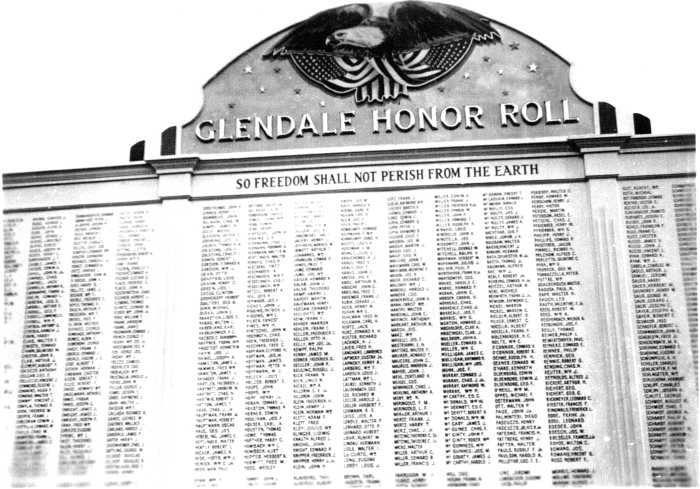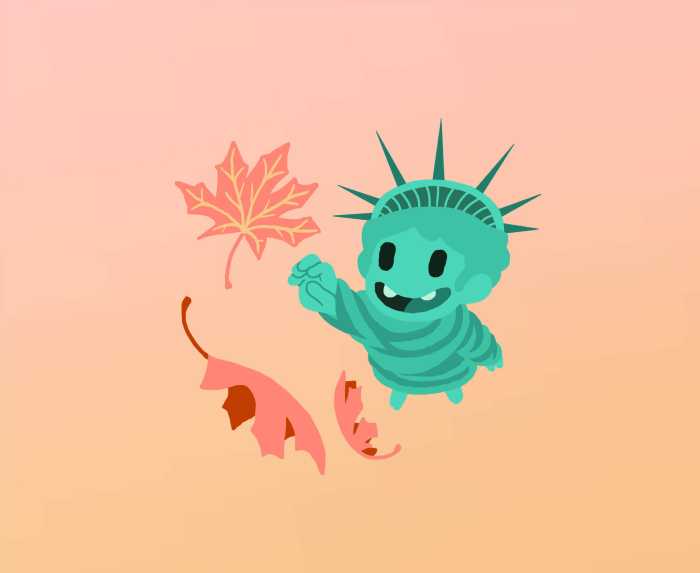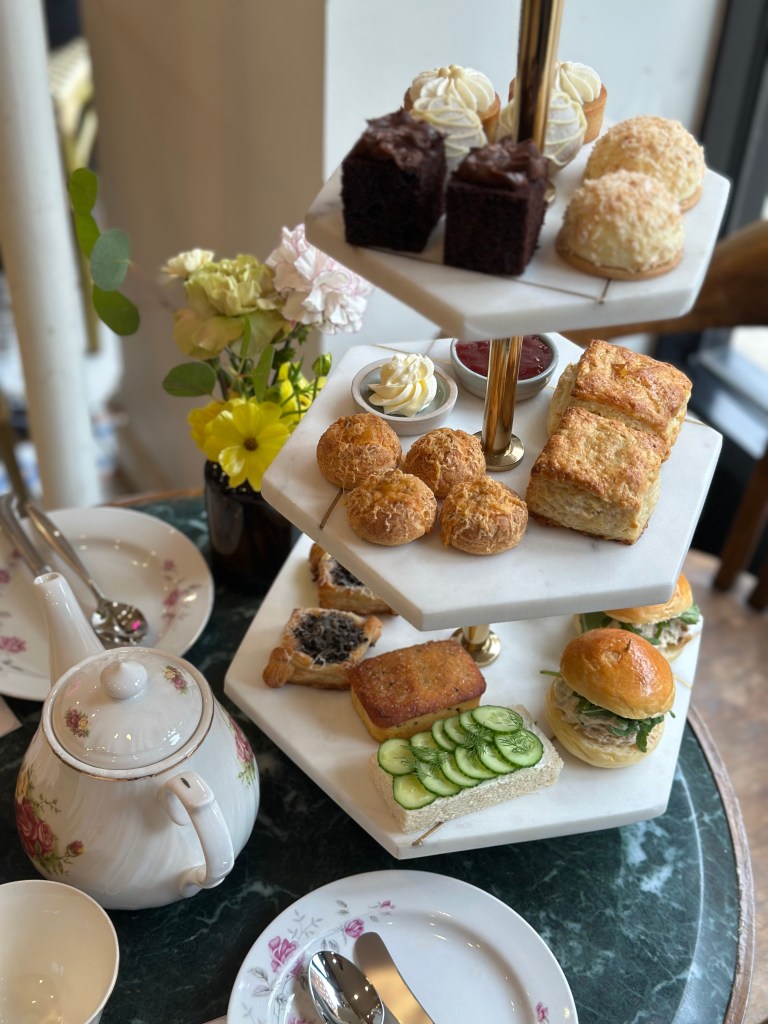By Joan Brown Wettingfeld
Textbooks in modern times have often been the subject of controversy, but their evolution from the quaint 19th century readers produced by American educator William Holmes McGuffey (1800-1878) has been an important part of our American cultural history. Textbooks such as the series of “Eclectic Readers ” he edited and had published were an important aspect of our cultural history, for they influenced what was taught, and how, to generations of American school children. Their influence was felt for at least 100 years and 122 million copies were sold from 1836 to 1920.
How and where books for children came to be is a story in its own right Through the ages mothers sang lullabies and rhymes to babies, grandmothers recalled folk and fairy tales, and storytellers kept alive legends and tales of extraordinary events. Unwritten folk literature passed by word of mouth long before books and printing were invented.
The story of the textbook begins with the early “hornbook in Europe.” Hornbooks were not books at all but wooden paddles onto which were pasted lesson sheets covered with transparent horn, and bound with strips of brass. Only 3×5 inches in size, the lessons on them began with a cross followed by the alphabet and syllables, some combination of which might be the Lord's Prayer. The aim was to teach a child the alphabet and to convey some religious instruction at the same time. The hornbook found its way to the New World, for the instruction of Puritan children.
By 1746 the hornbook evolved into cardboard “battledores” with gilt-embossed Dutch paper on one side and the lesson on the other. What entertainment children could get in those times was sampled slyly from adult fare, mainly provided by the “chapmen” or peddlers of the 17th and 18th centuries who supplied an eager populace with news sheets, ballads, broadsides and chapbooks. Bought for as little as a penny they provided the adventures and heroes found nowhere else..
With the hardships of the early years of New World colonization, ventures into book production, especially for children, were not the highest priority. But the early New Englanders were known for their passion for education, and probably the first book published in the New World appeared in 1646



































